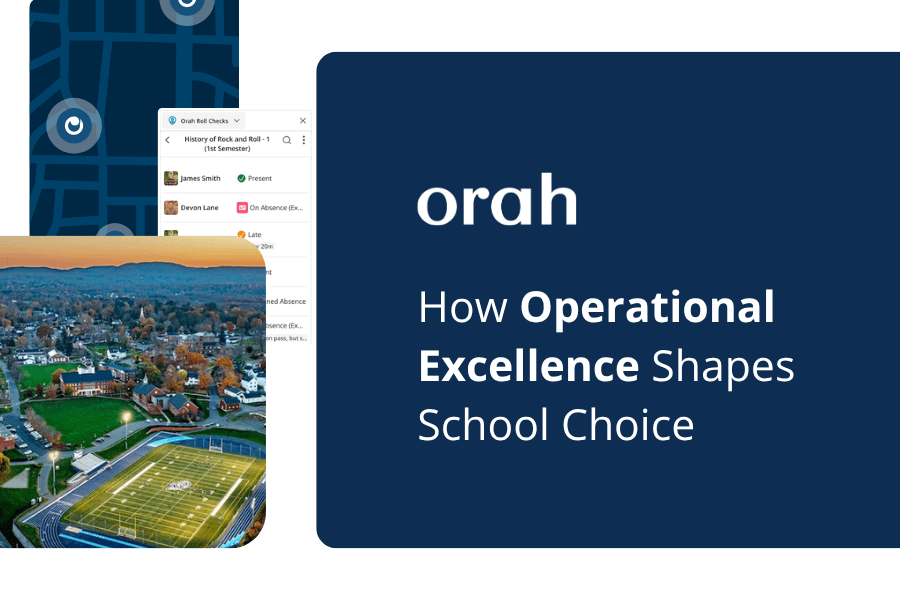Keeping Children Safe in Education: Five Actionable Takeaways from the DfE's September 2023 Statutory Guidance Updates
Tiago Penteado
•
December 10, 2023

The information in this article is intended for reference the UK only.
In this short article, we're going to outline five actionable takeaways from the Department for Education's recent statutory guidance updates for Keeping children safe in education. You can read the full update here.
Please refer to Annex F in the document linked above for a table of all of the changes.
Five Actionable Takeaways from the Government's Recent Updates
You can use these 5 takeaways as a quick checklist to ensure you are complying with the Department for Education's recent statutory guidance.
It is important to note that in the updated statutory guidance, it sets out what schools must do to comply with the law, as well as when schools and colleges should do something – which is something you should follow this unless you have a good reason not to.
1. Enhanced Online Safety Measures (Must)
Schools must review and possibly update their online safety protocols, including implementing effective filtering and monitoring systems as per the new standards. This involves understanding and adhering to the published filtering and monitoring standards to ensure a safe digital environment for students.
This is a "must" as it involves implementing effective filtering and monitoring systems, which are part of the legal requirements for schools to ensure a safe digital environment for students.
2. Clarification on Student Attendance (Should)
Institutions should clearly distinguish between children who are 'missing education' and those 'absent from education', and adjust their policies and response strategies accordingly.
This involves a more nuanced approach to attendance management and the potential safeguarding implications.
This is a "should" as it involves adjusting policies and response strategies for children missing and absent from education, suggesting a best practice approach rather than a legal obligation.
Orah's Roll Check's with the iSAMS integration allows school to manage this change effortlessly.
3. Informed Safer Recruitment Practices (Should)
Schools should adopt the best practice of informing shortlisted candidates about conducting online searches as part of the recruitment process.
This transparency can help maintain a high standard of recruitment, focusing on child safety.
This is a "should". Informing candidates about online searches during recruitment is recommended as best practice, but it's not specified as a legal requirement.
4. Updating Staff Training and Policies (Must)
Update staff training to include the latest guidelines on safeguarding, particularly concerning child-on-child abuse.
Ensure that all staff are aware of the changes in the guidance and understand their roles and responsibilities in safeguarding children.
This is a "must". Ensuring staff are updated with the latest safeguarding guidelines, especially concerning child-on-child abuse, is likely part of the legal safeguarding responsibilities of educational institutions.
5. Compliance with Multi-Agency Practice Principles (Should)
Embrace the new reference to multi-agency practice principles in safeguarding children. Schools should work collaboratively with other agencies to protect children, ensuring a coordinated response to safeguarding concerns.
Orah offers free & paid technology solutions to support DSL's, school staff and deans to better respond to most major safegaurding concerns.
This is a "should". Working collaboratively with other agencies for child protection is strongly recommended for effective safeguarding but may not be a legal requirement in every context.
Keeping Children Safe in Education – Your Technology Partner
Orah offers solutions for schools looking to improve safeguarding at their school, and is trusted by some of the UK's top schools, such as Eton College, EF Academy and Mill Hill School to manage attendance, behaviour, wellbeing & communications.
If you're interested in how technology could help keep up with the changing demands of child safety in education, we'd love to talk to you. Fill in this form to get a demo of Orah.
Download your guide to knowing where students are
When you sign up, we'll send you a guide detailing what it takes to setup your daily operations to maintain student location awareness using your routine school processes like attendance, student leave, late arrivals, early dismissals & emergencies. You'll also recieve an invite to join the Orah community and get the quarterly newsletter.














